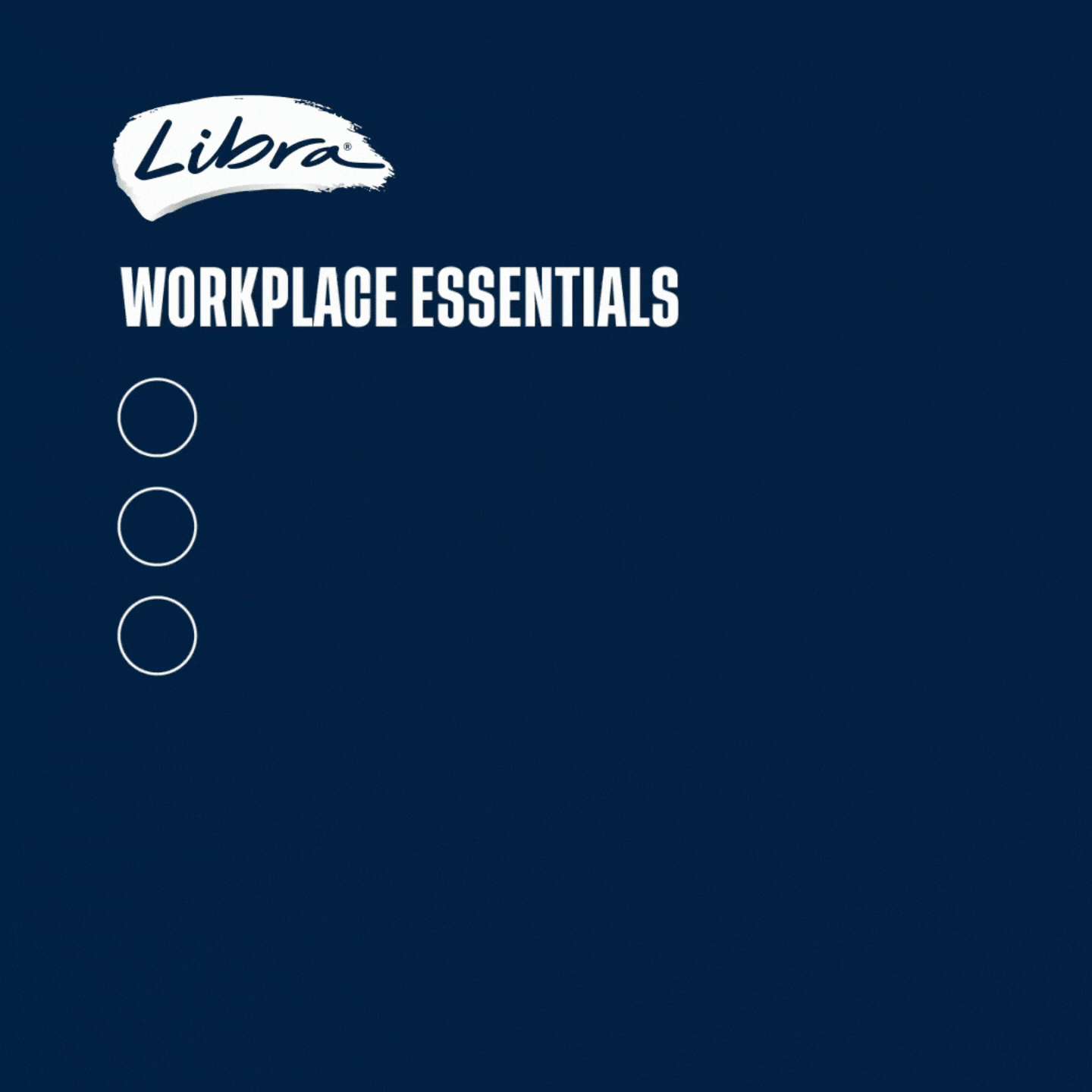Below, Financy co-founder and editor Bianca Hartge-Hazelman explains the findings.
The Financy Women’s Index, powered by Data Digger, improved 0.7 percentage points to 109.9 points in the three months to June 30, 2017.
The result builds on the inaugural December Index as the number of women working full time surpassed 3 million for the first time on record, whilst the number of men in full-time work has flatlined at 5.2 million.
At the end of June, the female participation rate on a seasonally adjusted basis was 59.7%, a record.
“This is a really good sign,” said AMP Capital chief economist Dr Shane Oliver:
“Women are continuing to make progress relative to men thereby helping to reduce the gender gap at a time of somewhat mixed economic conditions and subdued wages growth.”
The current level of females represented in top 20 ASX boards remains unchanged at 31% in the June quarter, with women occupying 61 board positions out of 197.
Some of Australia’s biggest listed companies, the Commonwealth Bank of Australia, Telstra and Wesfarmers, continue to meet or exceed gender diversity targets set by the Australian Institute of Company Directors.
Speaking to ABC Lateline about the Financy Women’s Index, Jennifer Westacott chief executive of the Business Council of Australia said not enough progress is being made to improve female board representation.
“I understand why people say, ‘well maybe we need to go to a quota system’. The difficulty I have got with that is we are not doing the work on the pipeline.
“We are not bringing women through into senior management positions so their natural next step is onto a board or chief executive position.”
One of Australia’s most prominent female executives, OneVue chief executive Connie McKeage, welcomed the findings, but said more needed to be done to encourage women into senior management roles.
“What we find most heartening is the reduction of the gender pay gap being the lowest in 11 years and the number of young women enrolling in tertiary education albeit still in the most popular areas of study are not the most paying,” she said.
“Until we get more women running businesses or being responsible for profit and loss (P&L) outcomes, we will continue to see the minimum amount done to bring balance to boards.”
The national gender pay gap based on average weekly ordinary full-time earnings narrowed to 15.3%, which is the best result since 2006.
The Index also reaffirmed that the average superannuation balance of women, as measured across all life stages, continues to lag that of men and represents 70% of the average male balance.
A record number of women are also undertaking tertiary education with 52% of female student enrolments compared to 48% males.
Women are also choosing to study courses that lead to careers in higher paying and trending sectors like IT and management, at a faster pace than men.
“The relatively strong growth of female enrolments in tertiary education points to an ongoing increase in the number of females looking for full time jobs suggesting that this demand will be met.
So the rising trend of full time female workforce participation is likely to be met.”
Dr Oliver said it was possible that a 10% lift in female full-time work participation rates in line with male participation rates, could lift Gross Domestic Product (GDP) by as much as 8%. This equates to an estimated $147 billion boost to the economy.”
Gail Pemberton, chair of technology company Melbourne IT, added that fund managers could be doing more to directly advocate for gender diversity on boards.
“The largest shareholders of most Australian listed companies are usually fund managers and super funds and as such they have real power to directly influence diversity on boards,” she said.


